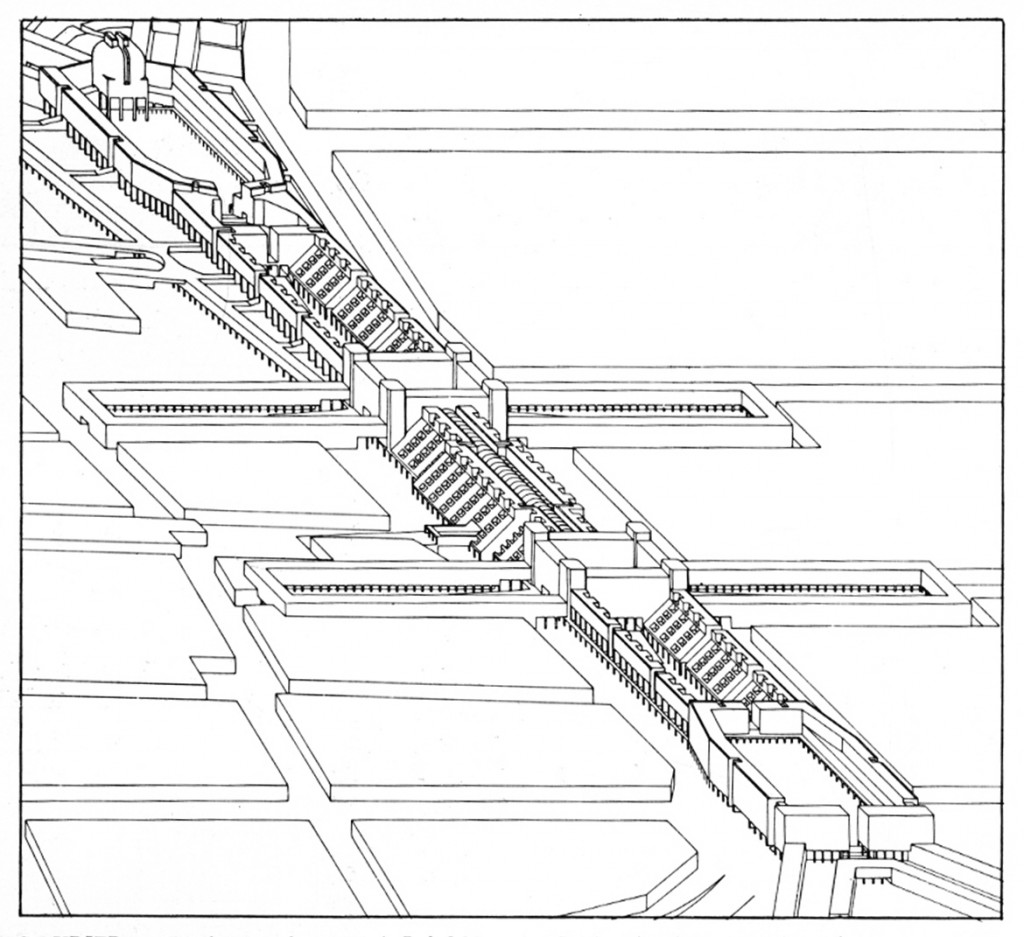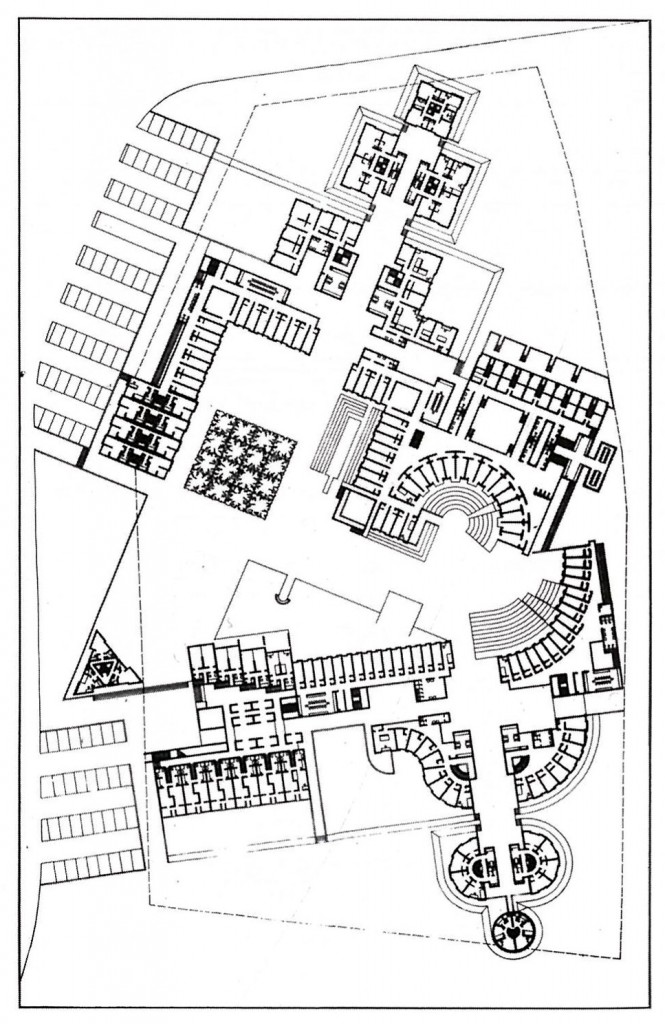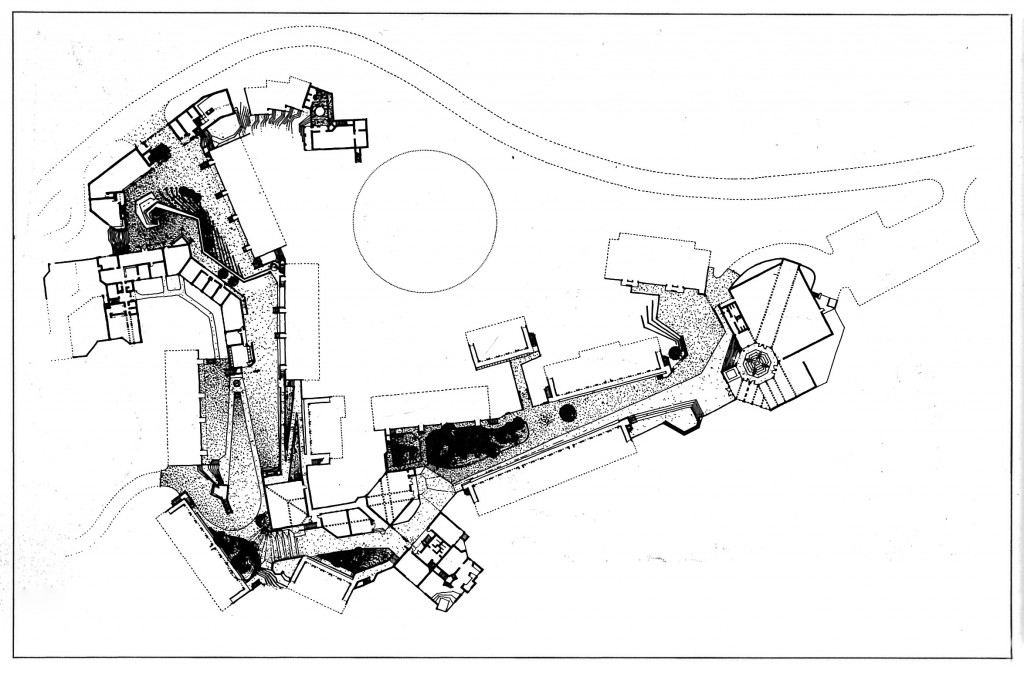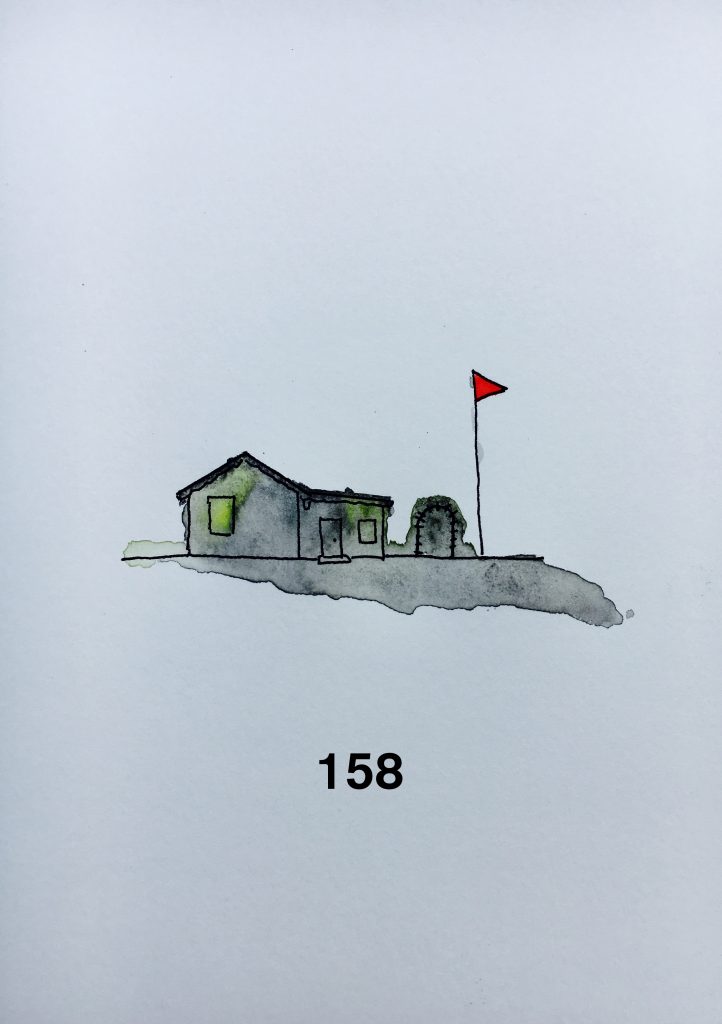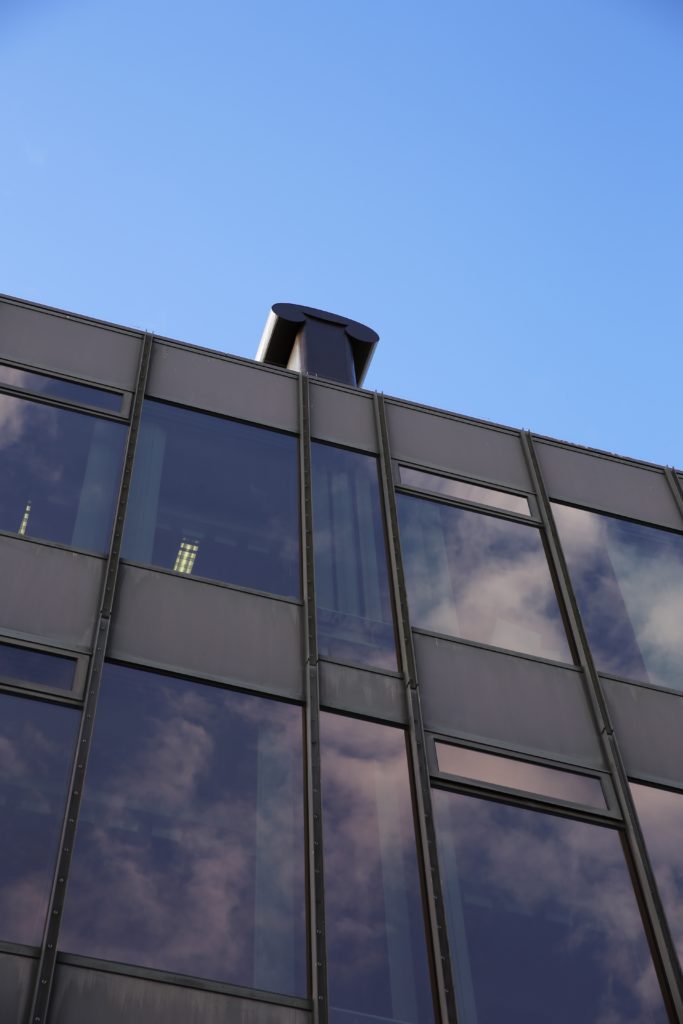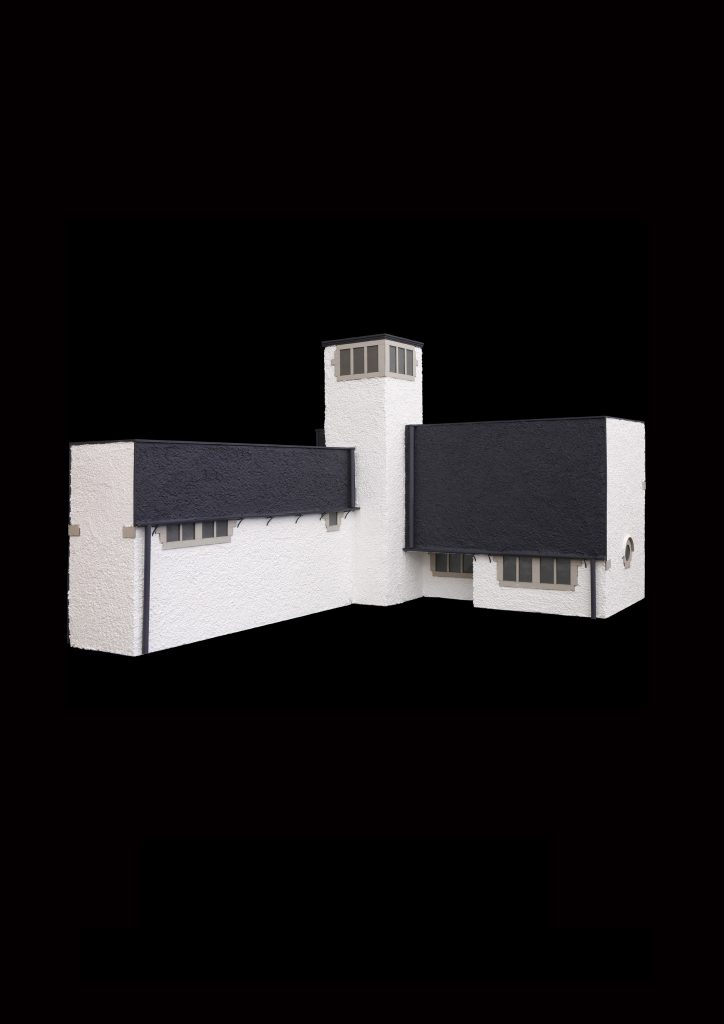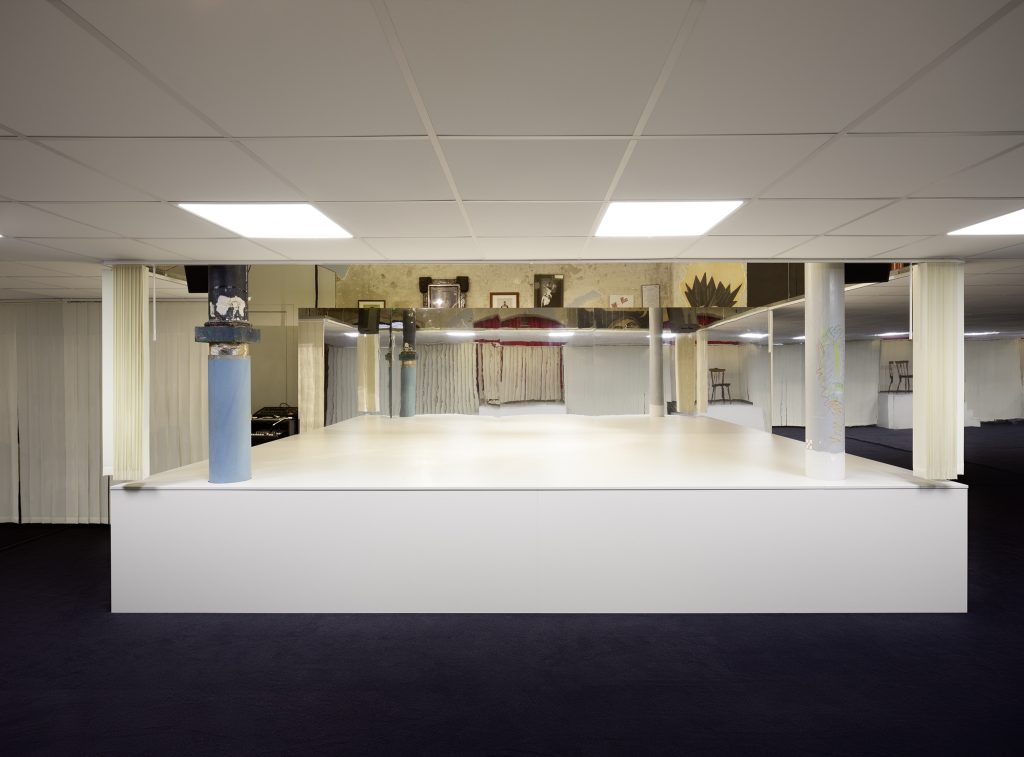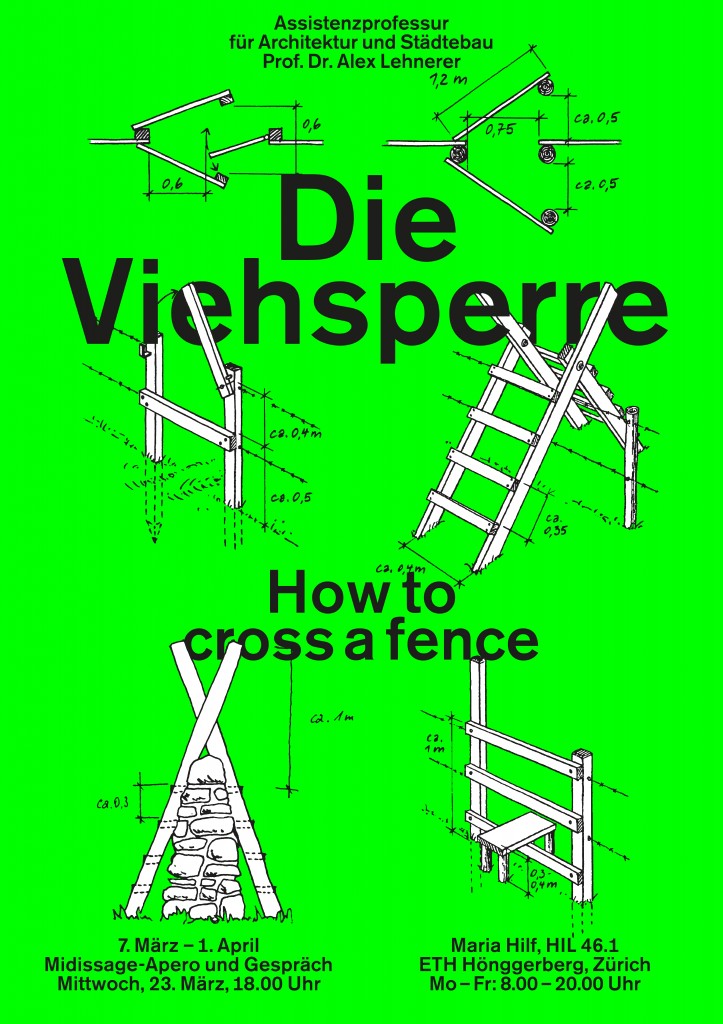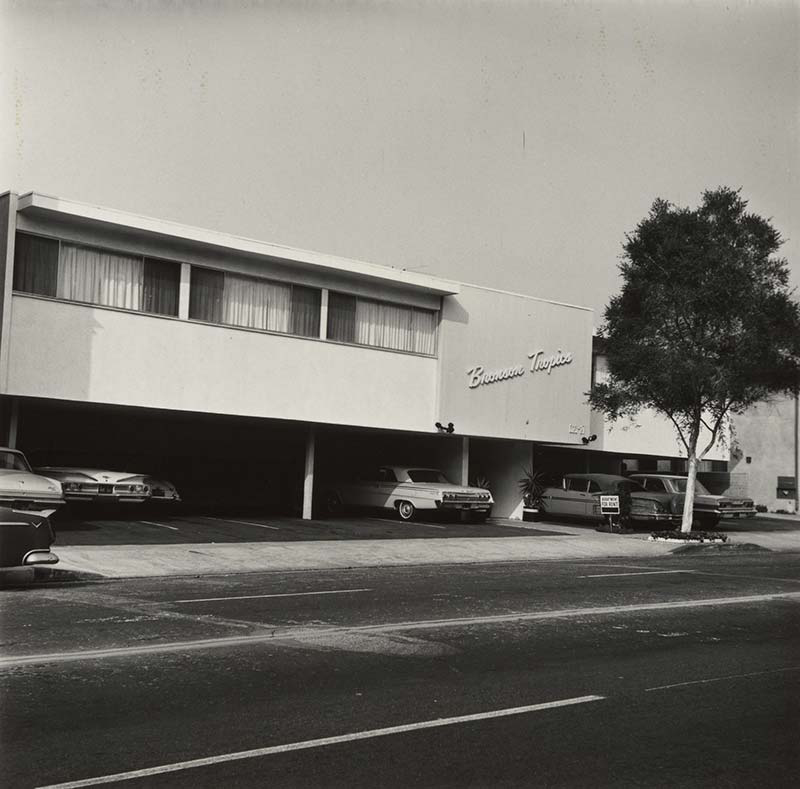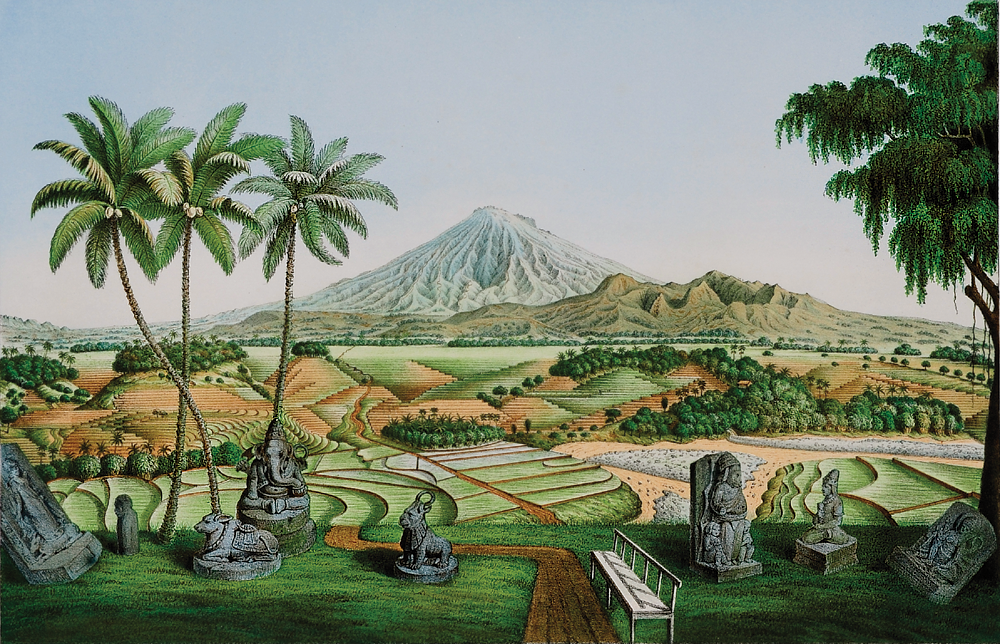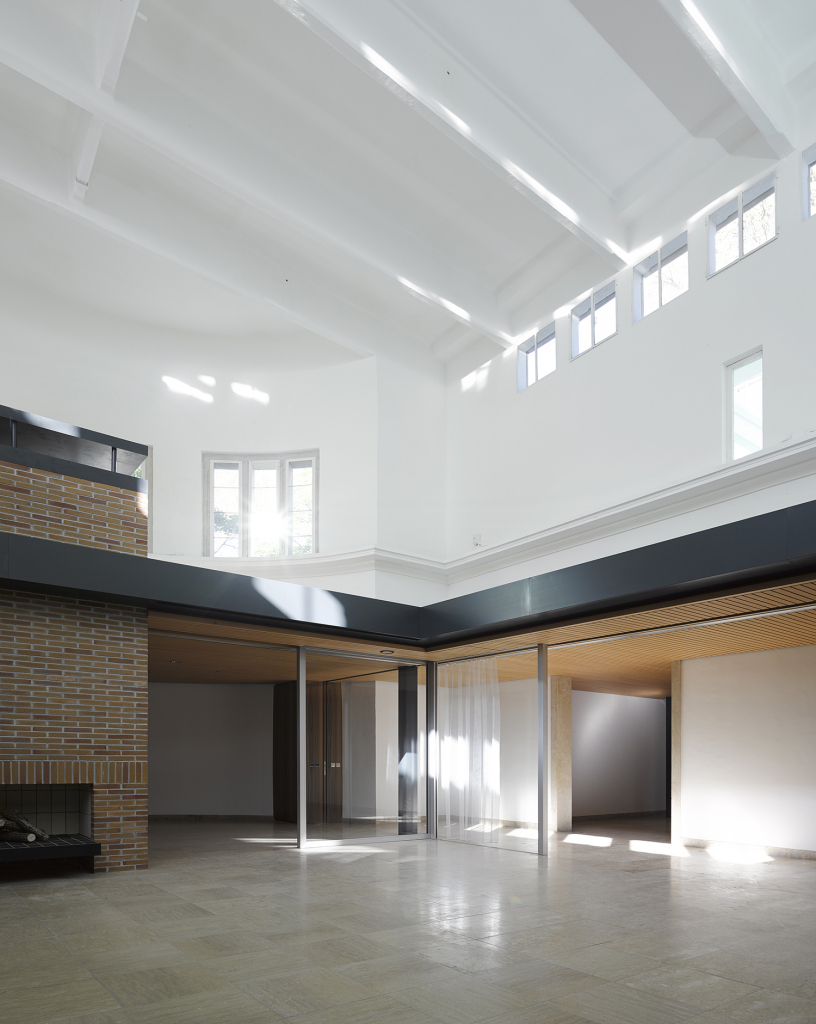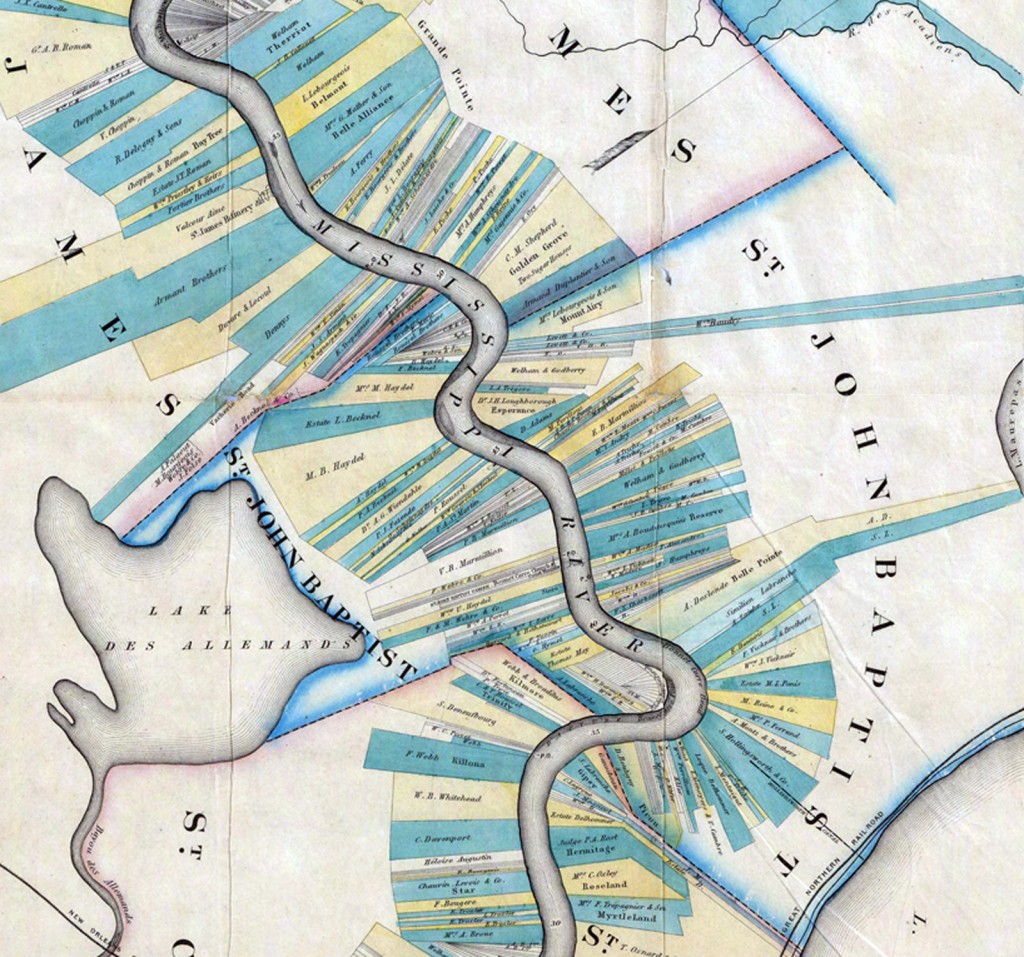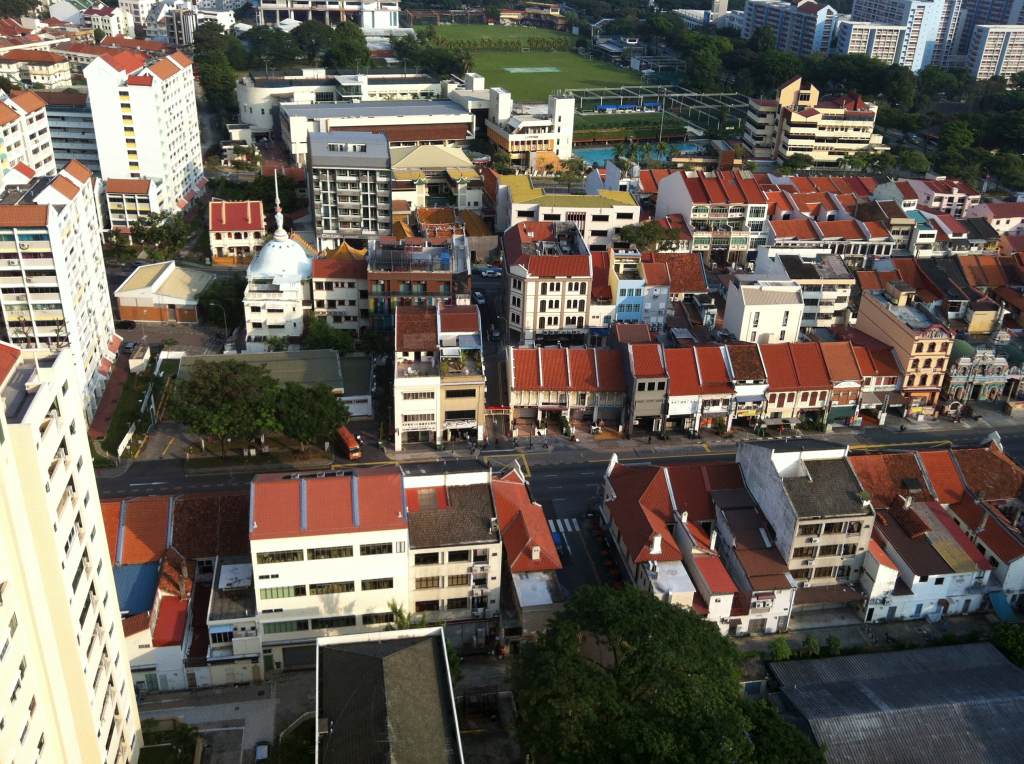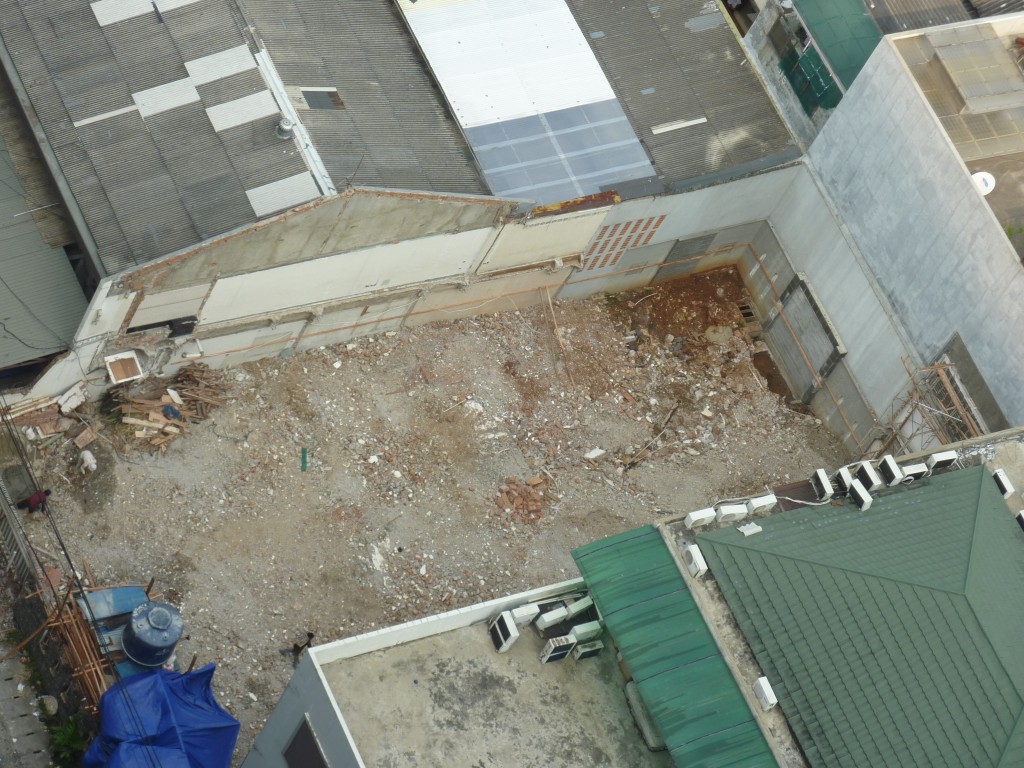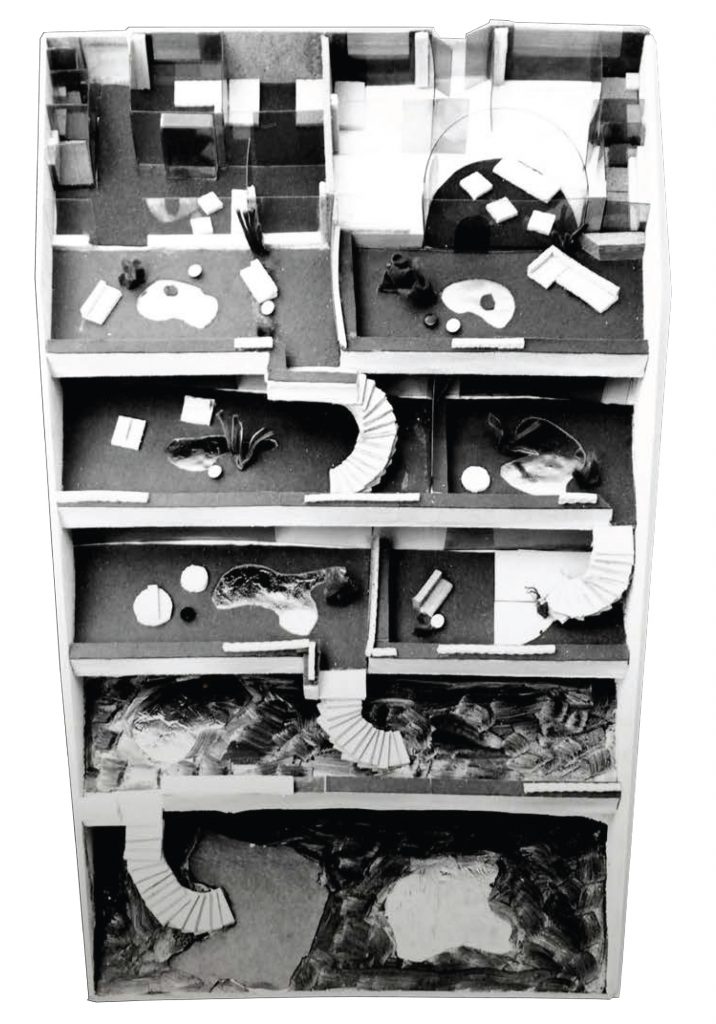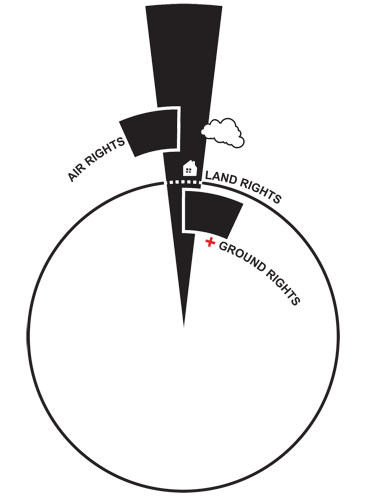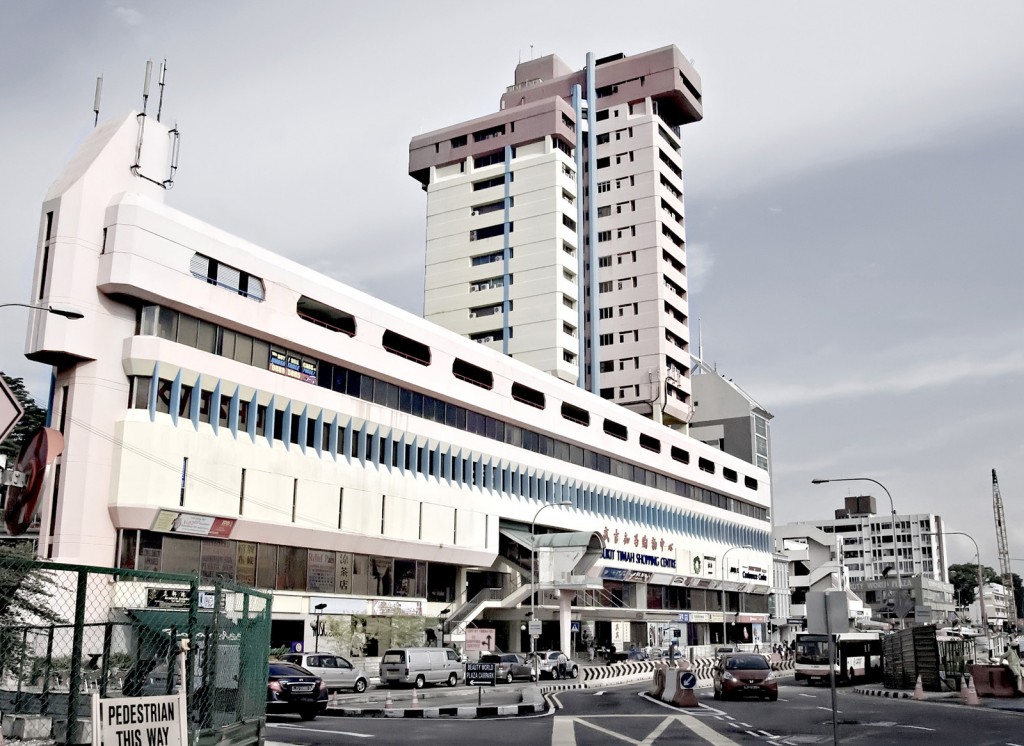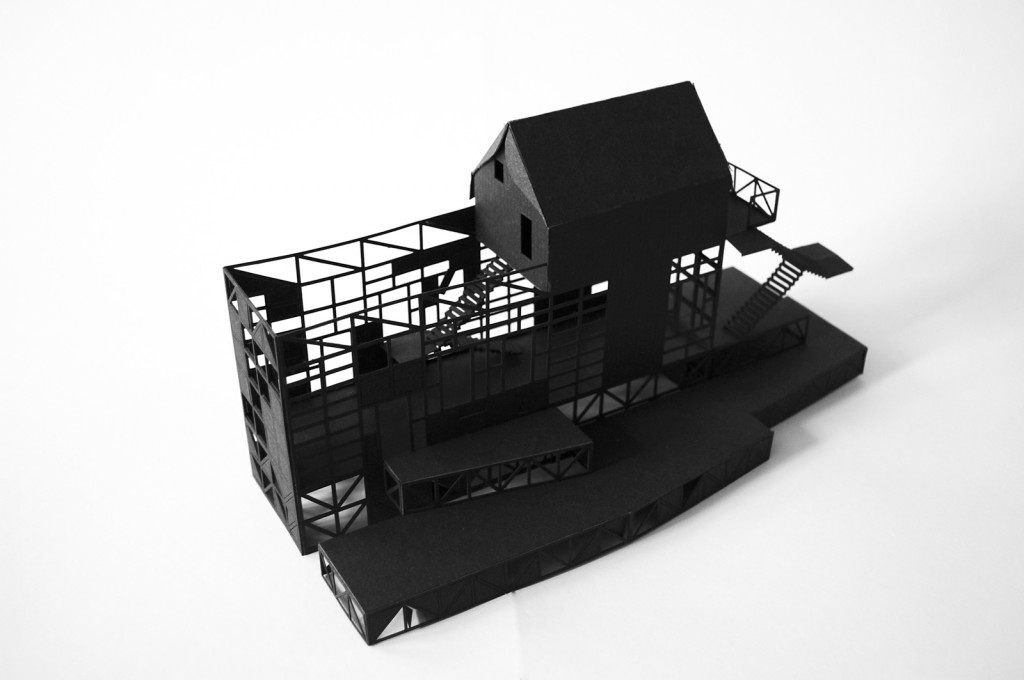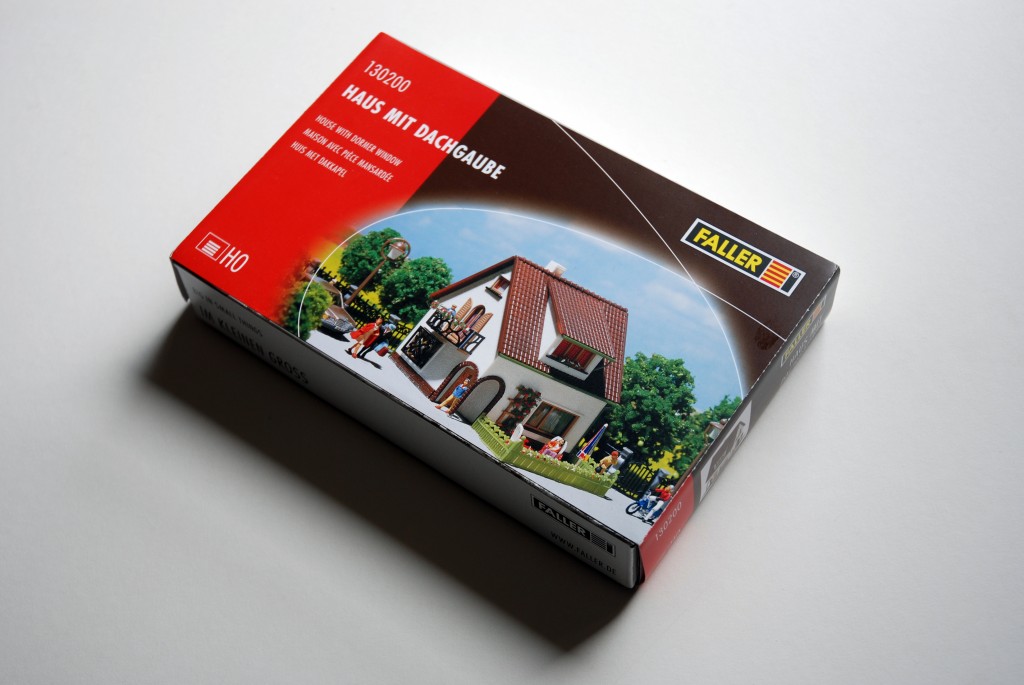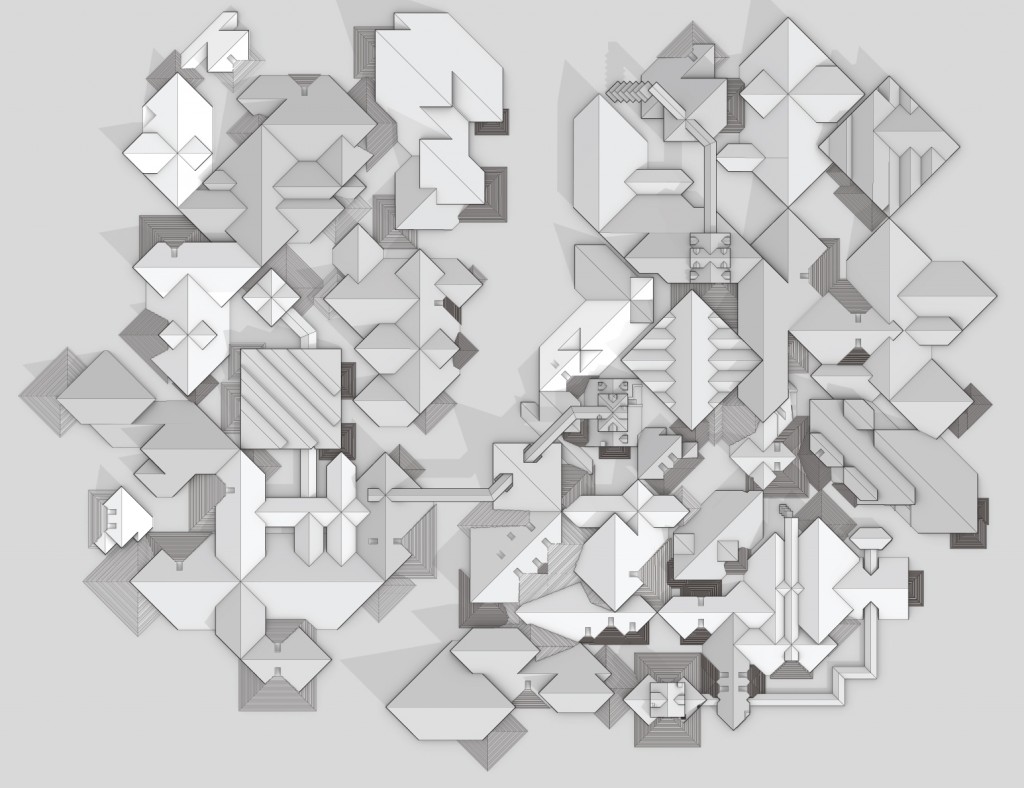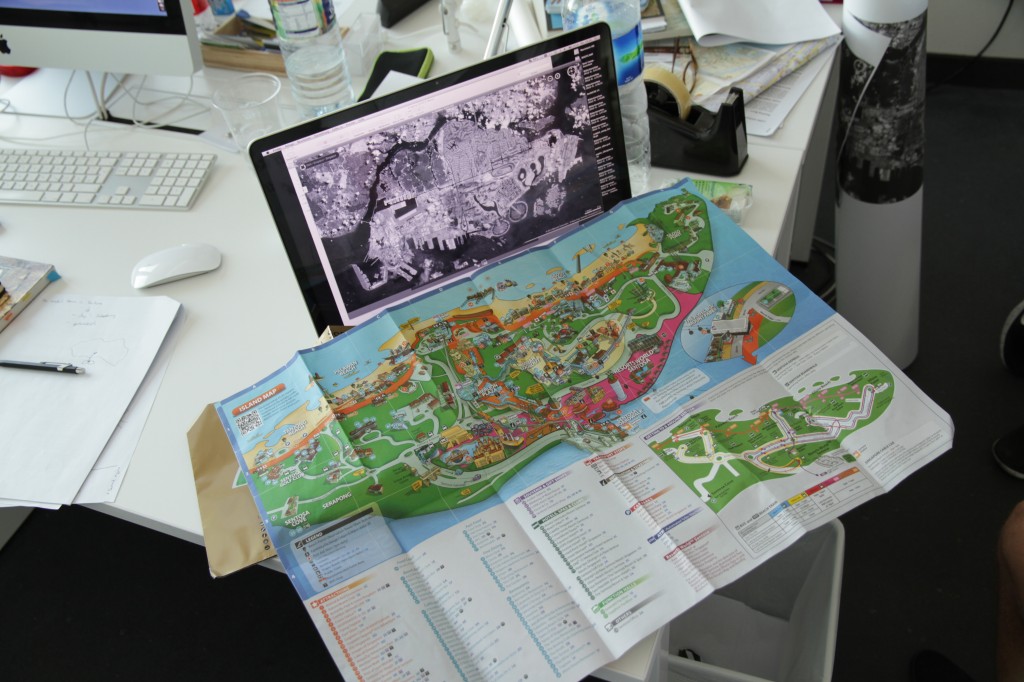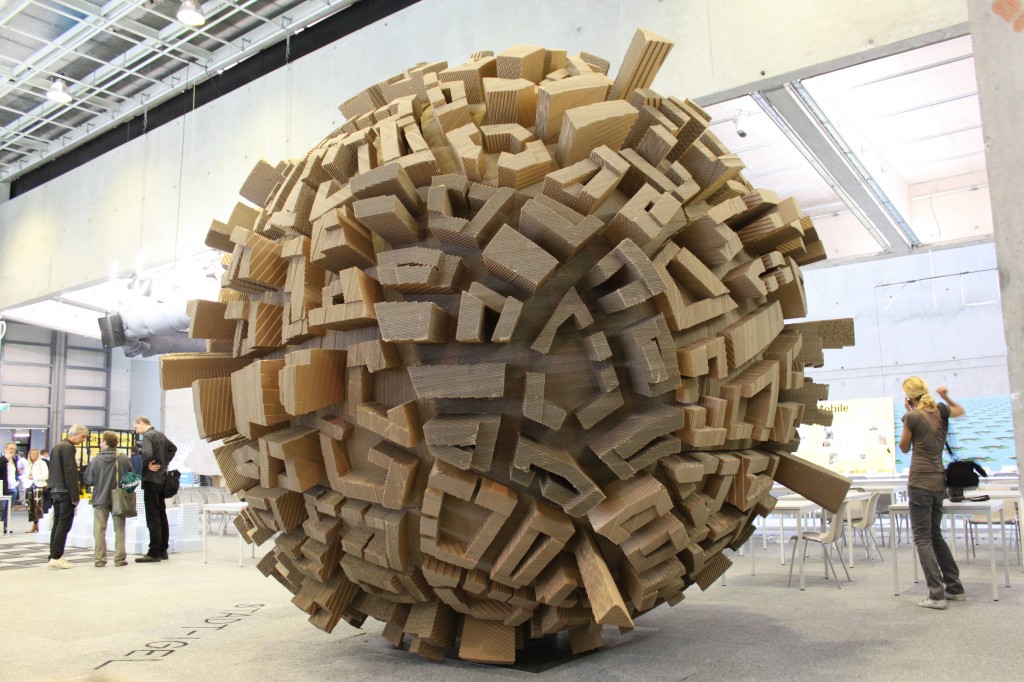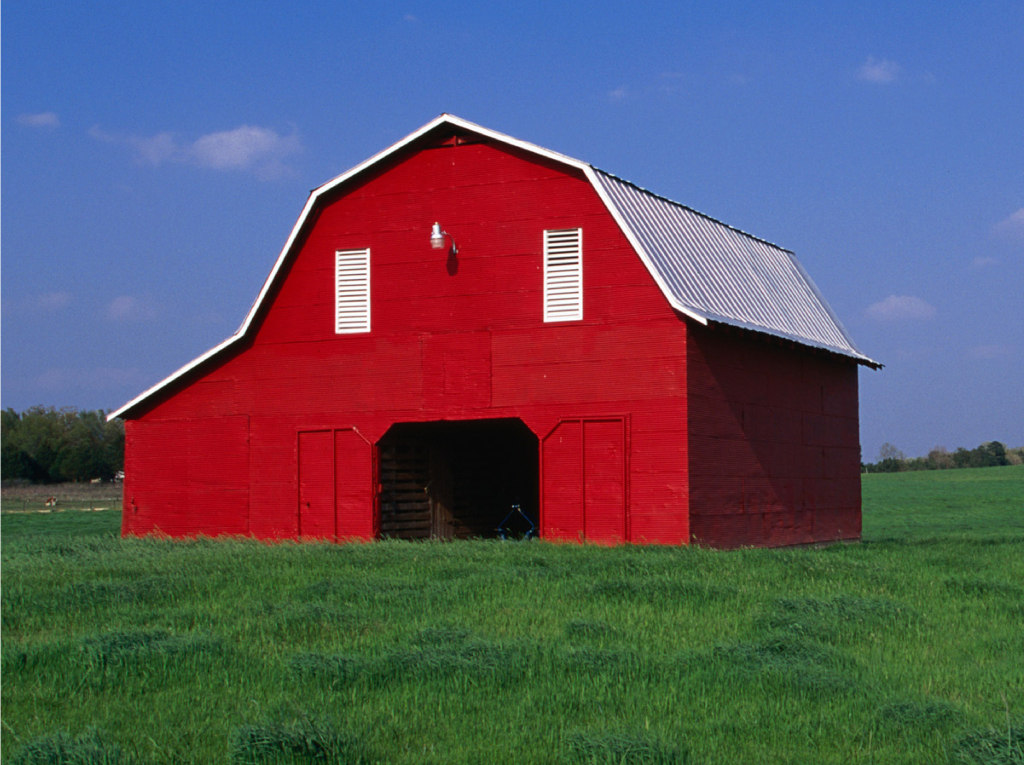The Phantom Figure after Modernism
This research is a search for an elusive phantom, one that the discipline of architecture has been continuously searching for for the past 50 years. This phantom can be found somewhere between the two dominant architectural urban types that came before it. The first is the enlightenment era idea of a city that forms over time and is comprised of solid infill with plazas and urban courtyards providing texture in the city’s fabric. 1 The second typology emerges from modernism’s influence on the fabric of the city and its proliferation of “lonely” objects bound between infrastructure and curbs. This distinctly different infill strategy of modernism shifted the predominately solid figure of the city before it to a solid continuous void with object buildings floating within this field. 2 After Modernism, the discipline of architecture has been searching for a way of resolving the after-effects of the continuous void by combining the properties of Object with the properties of Texture.
Many saw the result of Modernism’s influence on the city as a detriment. Free-floating objects in an endless field shifted the figure-ground of the traditional European city and, in return, provided what has been described as a deficiency of coherence within the urban fabric. The search for this phantom has created a rich architectural discourse which seeks to define it as an alternative to these previous two types while also being a synthesis of the two. This Phantom Figure could then be characterized as a type that fulfills both qualities of the previous two types while resolving Modernism’s undoing of the city’s textural qualities. Proposed here as a Textured Figure, this research investigates and analyzes projects that were the outcome of this search for the Phantom. Occurring approximately between 1965 and 1975, these outcomes exhibit both the qualities of the object that sits within a city’s existing fabric as a consistent whole, while simultaneously implementing the qualities of texture, creating a comprehensive case study for a viable third type which is both mass positive and space positive at the same time.
Much has been said and written about the third type and there are multiple theories in the discourse of architecture that characterize it. Yet, it still remains elusive and nearly impossible for these theorists to put their finger on it once and for all. Such is the nature of a phantom. While it can be described it often eludes explicit manifestation. While for the most part these theorists and architects agree on some characteristics of this third type, they each bring a distinctly unique opinion to the architectural case file. Together, through their minor differences and idiosyncratic interests, these theorists’ description of the Phantom Figure can be combined to give this research a better understanding of how a third type of this nature can be found, theorized to completion, and ultimately practiced as a self-conscious Architectural project.
This project is the PhD research of Jared Macken, PhD Candidate in the Chair of Architecture and Urban Design. For more information, comments, and questions, please email at: macken@arch.ethz.ch
1Vidler, Anthony, “The Third Typology,” Oppositions 7.
2Colin Rowe, Fred Koetter, “Crisis of the Object: Predicament of Texture” (1983), in Collage City, (pp 50-85).
